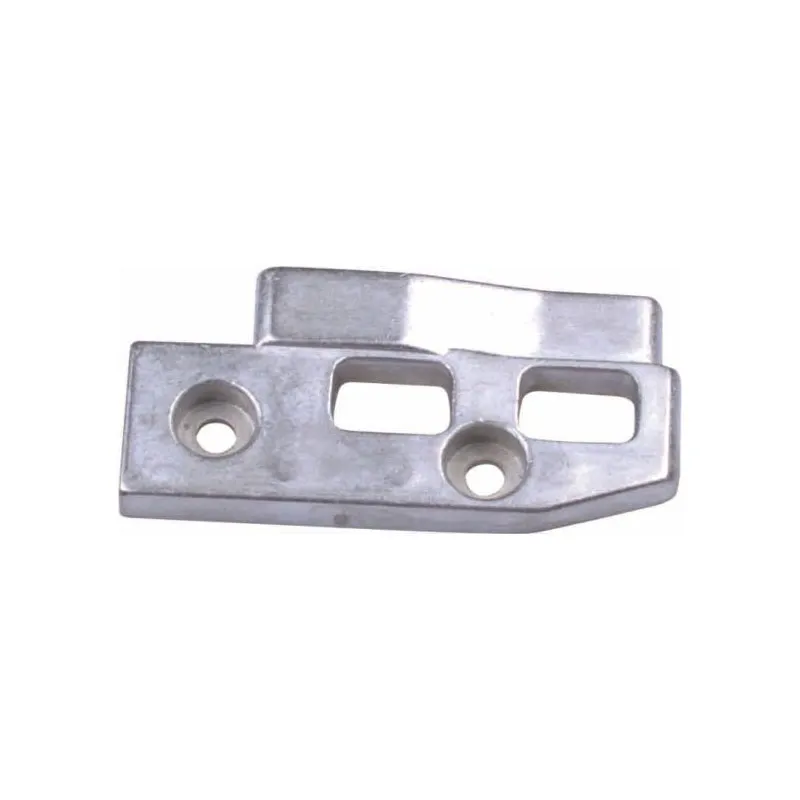What are the major components of a low-voltage switchgear?
2024-10-15
Low-voltage switchgear is an essential part of electrical distribution systems that controls, protects, and isolates electrical equipment in low-voltage applications (typically under 1,000 volts). The major components of low-voltage switchgear include:
1. Circuit Breakers
- Description: Circuit breakers are protective devices that automatically disconnect the electrical circuit in case of overloads, short circuits, or other electrical faults.
- Types:
- Air Circuit Breakers (ACB): Used for higher current ratings and interrupting capacities.
- Molded Case Circuit Breakers (MCCB): Smaller circuit breakers used for lower ratings.
- Miniature Circuit Breakers (MCB): Typically used for small loads or residential circuits.
- Function: They protect the electrical system by interrupting the current flow when necessary to prevent damage to equipment.
2. Busbars
- Description: Busbars are metal bars or strips (usually made of copper or aluminum) that conduct electricity within the switchgear, distributing power to various circuit breakers and equipment.
- Function: They act as a central connection point for incoming and outgoing electrical circuits, ensuring the efficient distribution of electrical power.
3. Disconnect Switches (Isolators)
- Description: Disconnect switches are used to isolate sections of the electrical circuit for maintenance or safety purposes.
- Function: These switches ensure that equipment can be safely disconnected from the power supply for repairs or inspections, preventing accidental operation.

4. Fuses
- Description: Fuses are protective devices that blow or melt when the current exceeds a certain level, cutting off the electrical flow to prevent equipment damage.
- Function: They provide protection against overcurrent and short-circuits. Fuses are typically used in conjunction with circuit breakers.
5. Current Transformers (CTs)
- Description: Current transformers are devices used to measure the current flowing through the circuit by reducing high currents to a lower, measurable value.
- Function: They are essential for monitoring and metering purposes, and they provide input to protective relays for overload or fault detection.
6. Voltage Transformers (VTs)
- Description: Voltage transformers step down the voltage levels in the circuit to a safer, more manageable level for metering and monitoring.
- Function: They allow accurate voltage measurement and are used in protection schemes and voltage metering.
7. Protective Relays
- Description: Protective relays monitor electrical parameters like current, voltage, and frequency. If an abnormal condition (e.g., overload, short circuit, under-voltage) is detected, they send a signal to the circuit breaker to trip.
- Function: Relays are critical for system protection by ensuring that faults are detected and equipment is disconnected to prevent damage or accidents.
8. Control Panels and Devices
- Description: These panels house various control devices such as push buttons, switches, status indicators, and control relays for operating and monitoring the switchgear.
- Function: They allow operators to control and monitor the switchgear’s operations, including the opening and closing of circuit breakers, system status, and fault conditions.
9. Metering Devices
- Description: Meters are installed within switchgear to measure electrical parameters such as voltage, current, power, and energy consumption.
- Function: These devices provide critical data for system performance analysis and load management.
10. Surge Arresters
- Description: Surge arresters protect the electrical system from voltage spikes caused by lightning strikes, switching surges, or other transient events.
- Function: They divert excess voltage to the ground, preventing damage to the switchgear and connected equipment.
11. Contactor
- Description: A contactor is an electrically controlled switch used for switching an electrical power circuit, similar to a relay but typically used for higher current applications.
- Function: It is used in applications where frequent switching of large electrical loads is necessary, such as in motor control or lighting circuits.
12. Enclosure
- Description: The enclosure is the physical housing or cabinet that contains all the switchgear components.
- Function: It provides physical protection, safety, and insulation to the components, and prevents unauthorized access. Enclosures can be rated for different environments (e.g., indoor, outdoor, dust-proof, water-resistant).
13. Earthing and Grounding System
- Description: A system of conductors that ensures that parts of the switchgear are connected to the earth or ground.
- Function: It ensures safety by providing a path for fault currents to flow safely into the ground, preventing electric shock or damage.
Summary:
Low-voltage switchgear comprises several components working together to control, protect, and distribute electrical power. These include circuit breakers for protection, busbars for power distribution, disconnect switches for isolation, current and voltage transformers for measurement, protective relays for fault detection, and enclosures for safety. Together, these elements ensure safe and reliable operation of low-voltage electrical systems.


